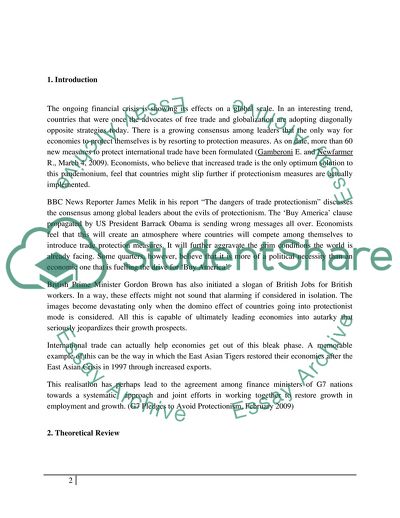Cite this document
(Threat of Protectionism and Its Possible Effects on World GDP and Term Paper, n.d.)
Threat of Protectionism and Its Possible Effects on World GDP and Term Paper. https://studentshare.org/macro-microeconomics/1722289-threat-of-protectionism-and-its-possible-effects-on-world-gdp-and-income-distribution
Threat of Protectionism and Its Possible Effects on World GDP and Term Paper. https://studentshare.org/macro-microeconomics/1722289-threat-of-protectionism-and-its-possible-effects-on-world-gdp-and-income-distribution
(Threat of Protectionism and Its Possible Effects on World GDP and Term Paper)
Threat of Protectionism and Its Possible Effects on World GDP and Term Paper. https://studentshare.org/macro-microeconomics/1722289-threat-of-protectionism-and-its-possible-effects-on-world-gdp-and-income-distribution.
Threat of Protectionism and Its Possible Effects on World GDP and Term Paper. https://studentshare.org/macro-microeconomics/1722289-threat-of-protectionism-and-its-possible-effects-on-world-gdp-and-income-distribution.
“Threat of Protectionism and Its Possible Effects on World GDP and Term Paper”. https://studentshare.org/macro-microeconomics/1722289-threat-of-protectionism-and-its-possible-effects-on-world-gdp-and-income-distribution.


